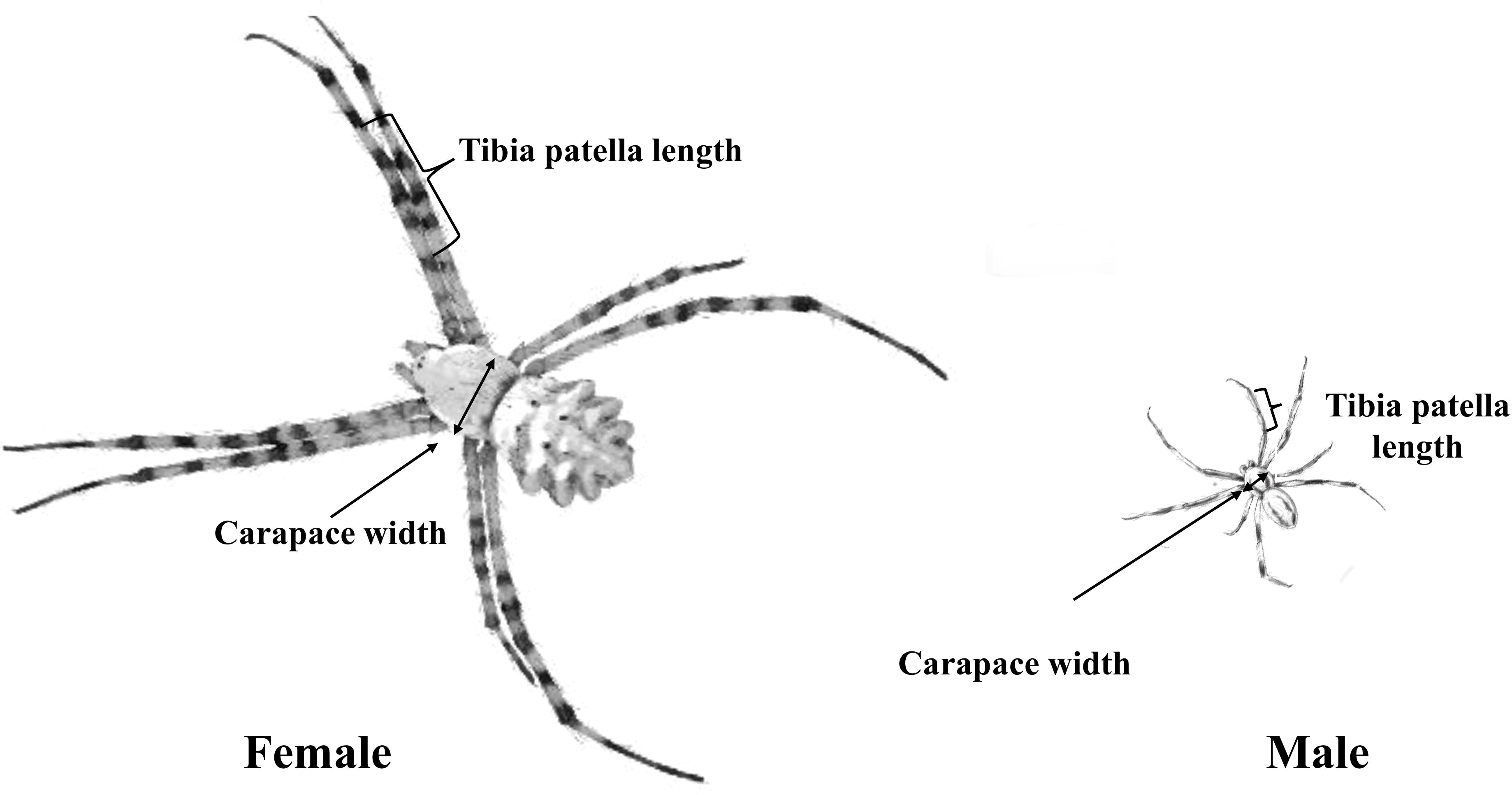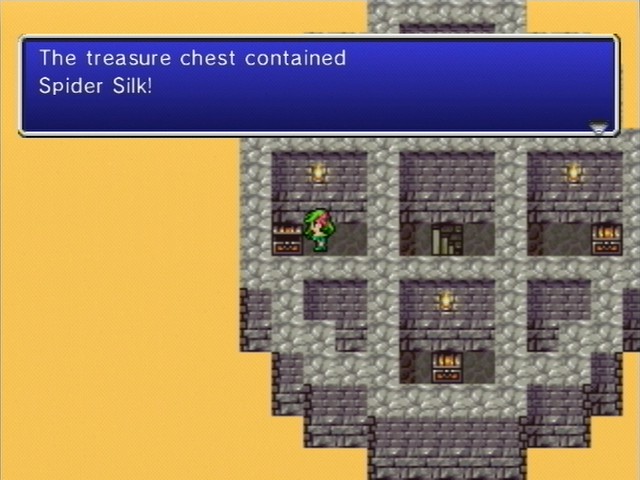Cells, Free Full-Text
Por um escritor misterioso
Descrição
Silk has a long history as an exclusive textile, but also as a suture thread in medicine; nowadays, diverse cell carriers are manufactured from silk. Its advantages are manifold, including high biocompatibility, biomechanical strength and processability (approved for nearly all manufacturing techniques). Silk’s limitations, such as scarcity and batch to batch variations, are overcome by gene technology, which allows for the upscaled production of recombinant “designed” silk proteins. For processing thin fibroin filaments, the sericin component is generally removed (degumming). In contrast to many synthetic biomaterials, fibroin allows for superior cell adherence and growth. In addition, silk grafts demonstrate superior mechanical performance and long-term stability, making them attractive for anterior cruciate ligament (ACL) tissue engineering. Looking at these promising properties, this review focusses on the responses of cell types to silk variants, as well as their biomechanical properties, which are relevant for ACL tissue engineering. Meanwhile, sericin has also attracted increasing interest and has been proposed as a bioactive biomaterial with antimicrobial properties. But so far, fibroin was exclusively used for experimental ACL tissue engineering approaches, and fibroin from spider silk also seems not to have been applied. To improve the bone integration of ACL grafts, silk scaffolds with osteogenic functionalization, silk-based tunnel fillers and interference screws have been developed. Nevertheless, signaling pathways stimulated by silk components remain barely elucidated, but need to be considered during the development of optimized silk cell carriers for ACL tissue engineering.

Rapid cell-free characterization of multi-subunit CRISPR effectors and transposons - ScienceDirect

Nucleic acid biomarkers of immune response and cell and tissue damage in children with COVID-19 and MIS-C - ScienceDirect
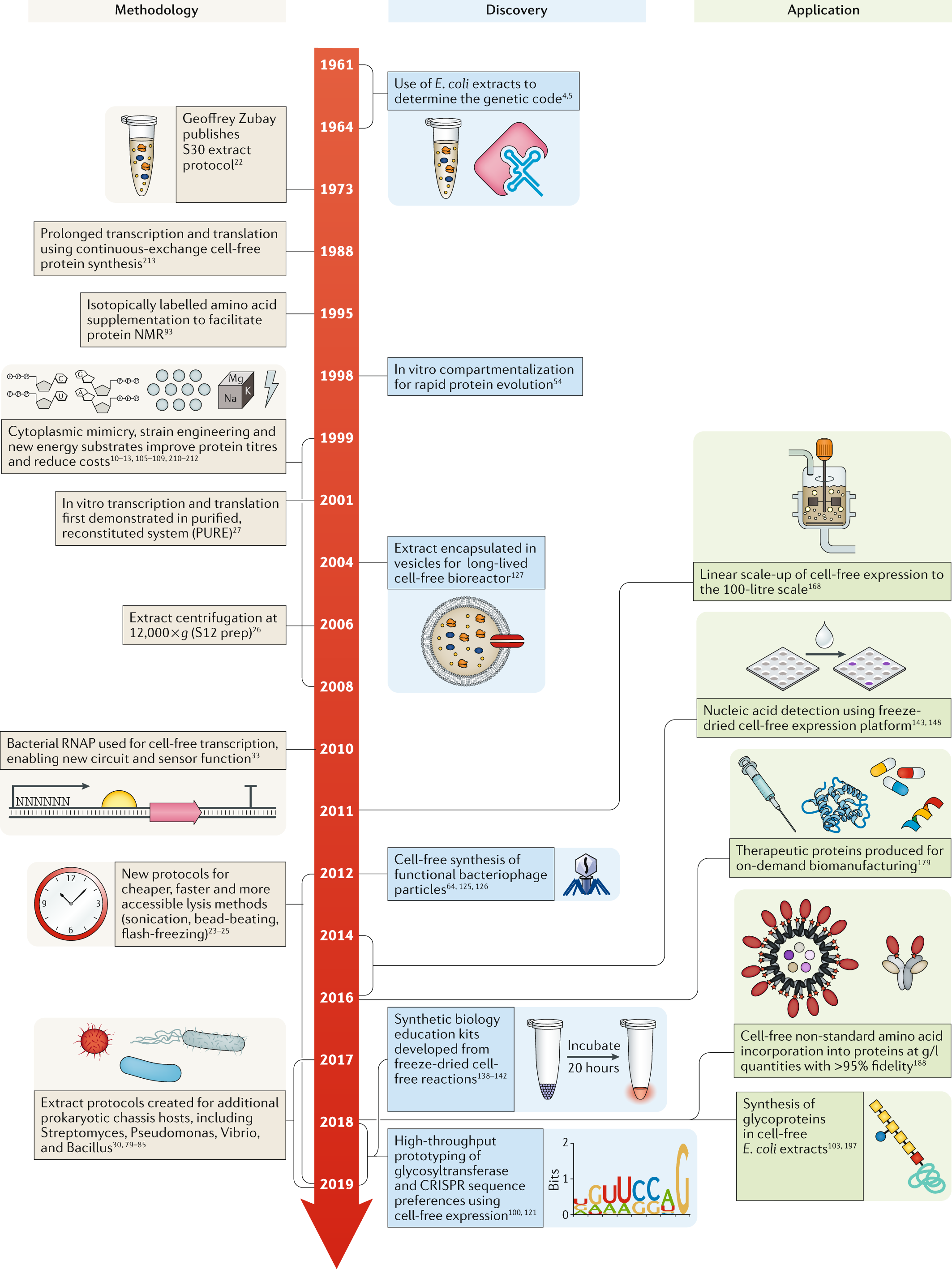
Cell-free gene expression: an expanded repertoire of applications

Experimental design of upsidedown, upside-up, and cell-free control
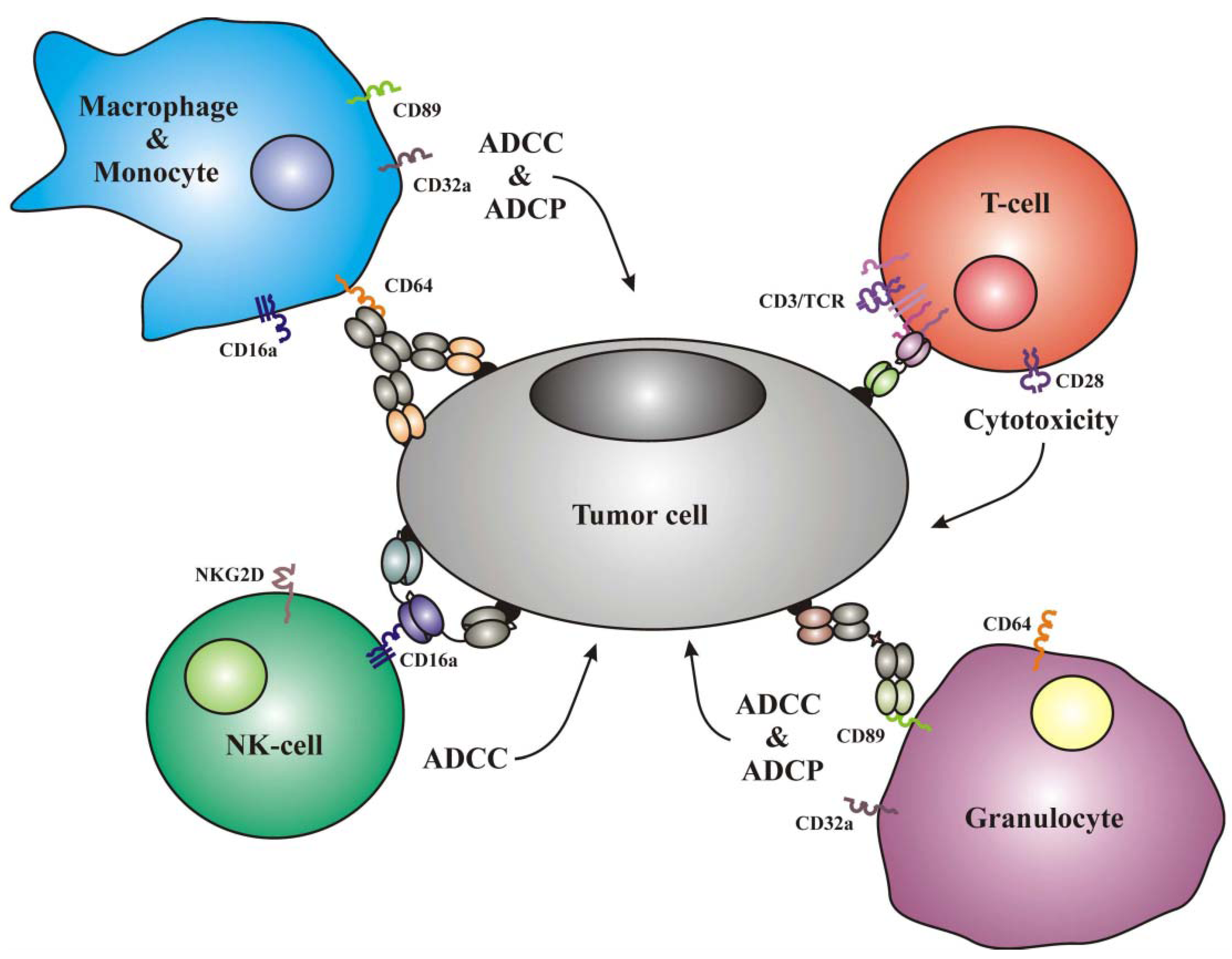
Antibodies, Free Full-Text

Rapid cell-free forward engineering of novel genetic ring oscillators

Cells, Free Full-Text

Electrochemical characterization of anode‐free K‐metal full‐cells. a)
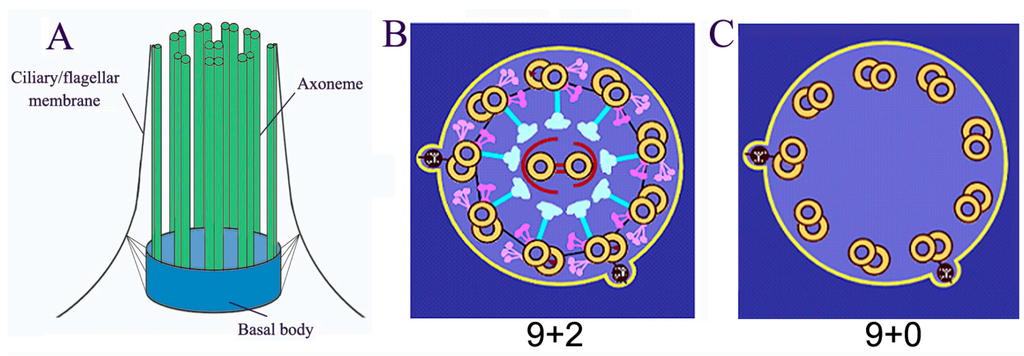
Cells, Free Full-Text

Advances and applications of cell-free systems for metabolic production - ScienceDirect

Scheme of cell free cloning using DMF. ( A ) The full length construct

Cells, Free Full-Text

An illustration of the full-duplex cell-free massive MIMO system.
An illustration of the full-duplex cell-free massive MIMO system.
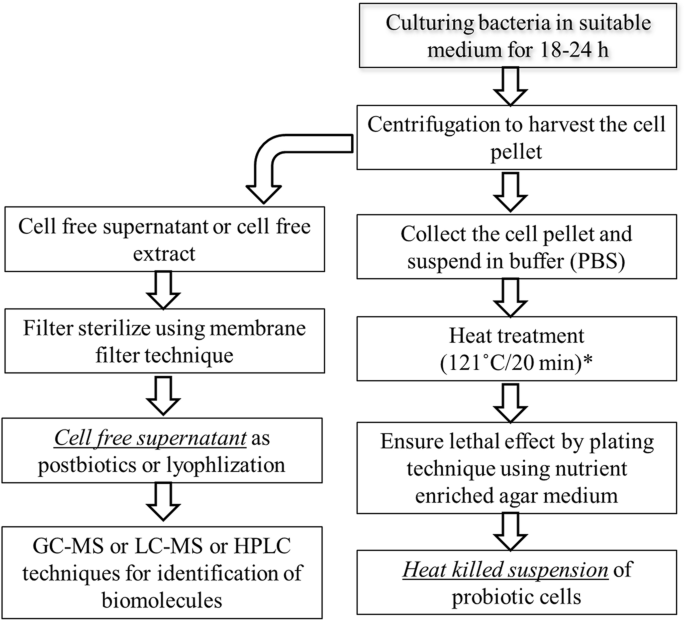
Postbiotics-parabiotics: the new horizons in microbial biotherapy and functional foods, Microbial Cell Factories
de
por adulto (o preço varia de acordo com o tamanho do grupo)
